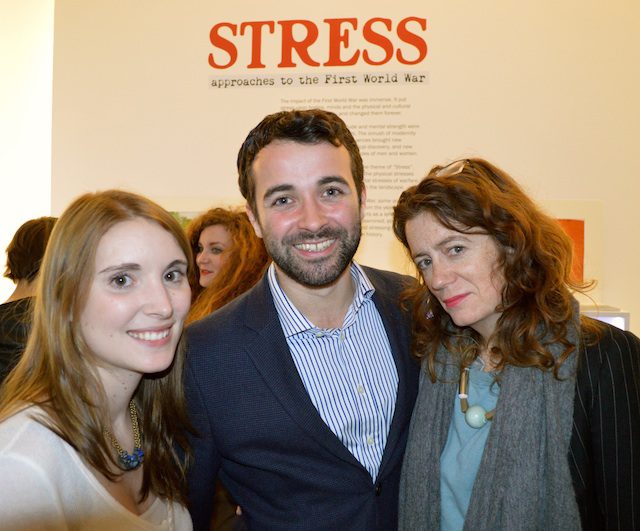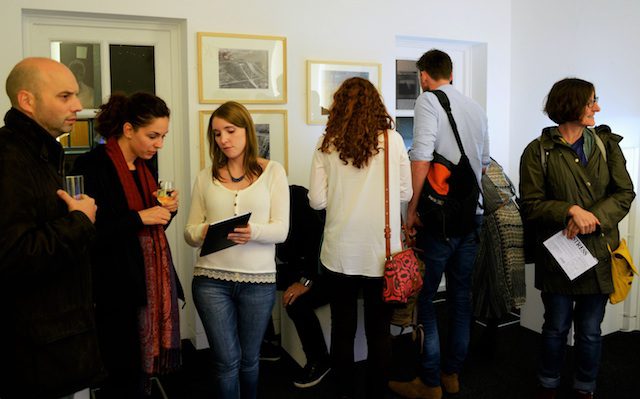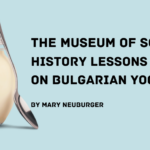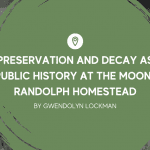By Kevin Guyan
Stress: Approaches to the First World War is currently running at University College London and explores the effects of the First World War on the mind, the body and the environment. The exhibition is part of the Student Engager project, which began at UCL in February 2012 to explore the question, ‘What happens when PhD students from different disciplines explore links between their research and museum collections then share their discoveries with non-university audiences?’
I am one of nine PhD students who works for UCL’s Public and Cultural Engagement Department on ‘as and when’ contracts and wish to share what we can learn when PhD researchers are placed in museums and left to engage with the public. I am in the final year of my PhD in History at UCL and got involved in the project as I was aware that historians often find themselves presenting research only to those working in the same field. Through the Student Engager project, I have experienced first-hand how PhD students can use museums as locations to fine-tune their thesis through two-way discussions with visitors, as well as other curators, and avoid the dangers of intellectually narrow research.
The meat and bones of the Student Engager project is the presence of PhD researchers in UCL’s museums (the Petrie Museum of Egyptology, the Grant Museum of Zoology, and the Art Museum), working three hour shifts every one or two weeks. Similarly, during the run of Stress, an engager is always present in the exhibition space ready for conversation – making all visits a unique experience that presents a personal interpretation of the materials on display from whoever is working that afternoon.
Approaches to engaging vary but researchers generally follow the pattern of approaching interested visitors, introducing themselves, explaining the project and asking about their museum experience. This either provokes a confused look, a polite acknowledgement of the project or sparks the start of a conversation, which can last anything from five minutes to three hours. The project discourages engagers from reciting prepared monologues and instead encourages people to draw connections between their theses and the collections, and enjoy the thrill of seeing where visitor conversations lead. After every engagement, researchers input details into an online platform that enables us to gather quantitative and qualitative information on the types of people encountered in the museums and the conversations taking place.
Project responses are overwhelmingly positive. Between October 2012 and January 2015, engagers had 1,516 conversations and described 93 per cent of interactions favourably. Online responses also noted that UCL Museums and Collections was the most common talking point (38 per cent of engagements), followed by the researcher’s own work (33 per cent of engagements).
The Student Engager project has helped encourage curators to reimagine museum sites as interactive locations for conversation. It has also given me a space to test innovative and experimental ways to share my research. For example, I brought images from my research into the museums then observed the responses they provoked from visitors. I shared photographs of ideal English homes in the 1940s and 1950s, this presented an entry-point for visitors to start conversations as they drew links between the images and their own lives. Visual cues helped visitors think about their own homes, both past and present, in a new way, while also educating me on their experiences and opinions towards my research.
The project is not without its problems. It risks looking for intellectual connections between themes and across disciplines where none may in fact exist. Projects like this also come at a cost, requiring the funding for a full roster of museum staff alongside researchers who are paid for their time. Universities cannot expect PhD students to undertake public engagement work without recompense.
Above all, placing PhD students in university museums does not require a ‘dumbing-down’ of the intellectual rigour of research. It instead opens up new skills, crucial for historians entering competitive job markets. The benefits also reach far further than dissemination alone – they allow researchers to enter into dialogues with people from different backgrounds and identify new and unexpected connections. The process of sharing ideas with people unfamiliar with our own field forces us to change the way we present information, which ultimately results in a deeper understanding for everyone involved.
For further information on the UCL Student Engager Project and Stress: Approaches to the First World War visit http://blogs.ucl.ac.uk/researchers-in-museums
Kevin Guyan is in the final year of a PhD in History at University College London and is a Visiting Research Associate with the University of Texas at Austin during Fall 2015. His research explores how planning experts, including architects and sociologists, used the design of domestic space to produce new performances of masculinity in Britain in the 1940s and 1950s. He is from the North East of Scotland and works as the Student Engagement Coordinator for UCL’s Public and Cultural Engagement Department, a project that provides a platform for PhD students to share their research with non-academic audiences.
All images courtesy of the author.






